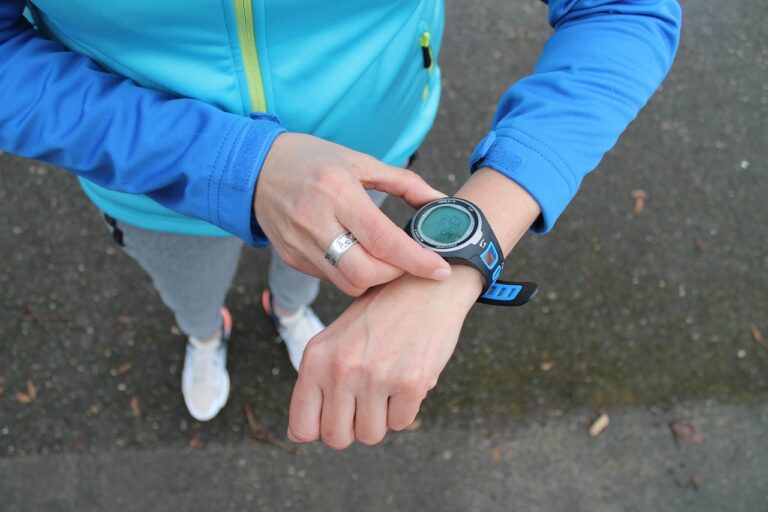Nephrology Entrepreneurship: Starting Kidney-Related Businesses: Laser book 247 login password, Lotus299, 11xplay pro
laser book 247 login password, lotus299, 11xplay pro: Pulmonary Rehabilitation in Patients with Hypereosinophilic Syndrome (HES)
When it comes to managing patients with hypereosinophilic syndrome (HES), pulmonary rehabilitation plays a crucial role in improving their quality of life and overall health outcomes. HES is a rare disorder characterized by persistently elevated levels of eosinophils in the blood, which can lead to inflammation and damage in various organs, including the lungs.
Pulmonary rehabilitation is a comprehensive program that includes exercise training, education, and support to help patients with chronic respiratory conditions improve their physical and emotional well-being. In the case of patients with HES, pulmonary rehabilitation can help improve their exercise capacity, reduce breathlessness, and enhance their ability to perform daily activities.
Exercise training is a key component of pulmonary rehabilitation for patients with HES. Regular physical activity can help improve cardiovascular fitness, muscle strength, and endurance, which are essential for managing respiratory symptoms and improving overall health. Patients with HES may benefit from a combination of aerobic and resistance training to help build their strength and stamina.
In addition to exercise training, education is an important aspect of pulmonary rehabilitation for patients with HES. Education sessions can help patients better understand their condition, learn how to manage their symptoms, and make positive lifestyle changes. Patients may also receive guidance on proper breathing techniques, medication management, and coping strategies for dealing with their condition.
Support from healthcare professionals and peers can also play a significant role in the success of pulmonary rehabilitation for patients with HES. By participating in a supportive and encouraging environment, patients can feel motivated to stick to their exercise program, adhere to their treatment plan, and make positive changes to their lifestyle.
Overall, pulmonary rehabilitation can be a valuable tool for helping patients with HES improve their quality of life and manage their symptoms more effectively. By incorporating exercise training, education, and support into their treatment plan, patients can take an active role in managing their condition and working towards better health outcomes.
—
### The Benefits of Pulmonary Rehabilitation for Patients with HES
Pulmonary rehabilitation offers a range of benefits for patients with hypereosinophilic syndrome (HES). Here are some of the key advantages of pulmonary rehabilitation for individuals with HES:
– Improved exercise capacity: Through targeted exercise training, patients can enhance their cardiovascular fitness and increase their ability to perform physical activities.
– Reduced breathlessness: Pulmonary rehabilitation can help patients with HES manage their respiratory symptoms and reduce feelings of breathlessness during daily activities.
– Enhanced quality of life: By participating in pulmonary rehabilitation, patients can improve their overall well-being and enjoy a better quality of life.
– Education and support: Pulmonary rehabilitation programs offer valuable education and support to help patients better understand their condition and learn how to manage their symptoms effectively.
– Increased motivation: By participating in a supportive environment, patients with HES can feel motivated to stick to their treatment plan, engage in regular exercise, and make positive lifestyle changes.
– Long-term health benefits: Pulmonary rehabilitation can help patients with HES build their strength, improve their endurance, and maintain their physical and emotional health in the long term.
—
### FAQs About Pulmonary Rehabilitation for Patients with HES
1. What is the goal of pulmonary rehabilitation for patients with HES?
The goal of pulmonary rehabilitation for patients with HES is to improve their exercise capacity, reduce breathlessness, enhance their quality of life, and provide them with the education and support they need to manage their condition effectively.
2. How long does pulmonary rehabilitation typically last?
Pulmonary rehabilitation programs for patients with HES can vary in length, but they usually last for several weeks to a few months, with patients attending sessions multiple times per week.
3. Is pulmonary rehabilitation covered by insurance for patients with HES?
Many insurance plans cover pulmonary rehabilitation for patients with HES, but coverage may vary depending on the specific plan and provider. Patients are advised to check with their insurance company to determine their coverage options.
4. What can patients expect during a pulmonary rehabilitation program?
Patients can expect to participate in supervised exercise training, educational sessions, and support groups as part of a pulmonary rehabilitation program. They may also receive guidance on breathing techniques, medication management, and lifestyle changes.
5. How can patients find a pulmonary rehabilitation program for HES?
Patients with HES can ask their healthcare provider for recommendations on pulmonary rehabilitation programs in their area. They can also contact local hospitals or respiratory clinics to inquire about available programs.
6. Are there any specific exercises that patients with HES should avoid during pulmonary rehabilitation?
Patients with HES should consult with their healthcare provider before starting any exercise program to ensure that it is safe and appropriate for their condition. Certain high-impact or strenuous exercises may need to be modified or avoided to prevent exacerbating symptoms.
—
In conclusion, pulmonary rehabilitation plays a valuable role in helping patients with hypereosinophilic syndrome (HES) improve their quality of life, manage their symptoms, and work towards better health outcomes. By participating in exercise training, education, and support programs, patients can take an active role in managing their condition and achieving a higher level of well-being. If you or a loved one has HES, consider exploring pulmonary rehabilitation as a part of your treatment plan to experience the benefits it has to offer.






